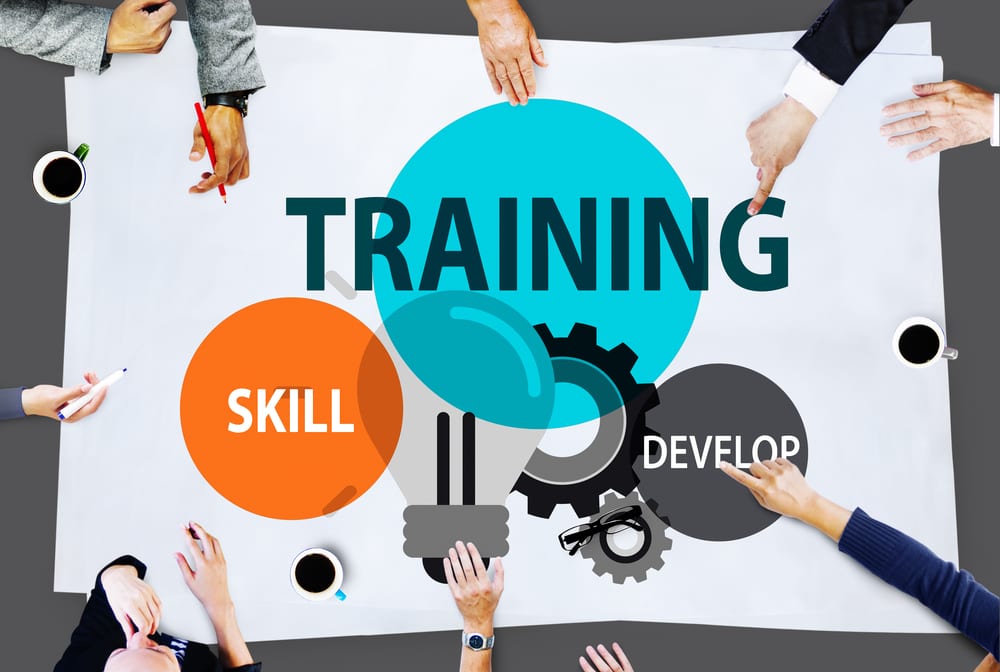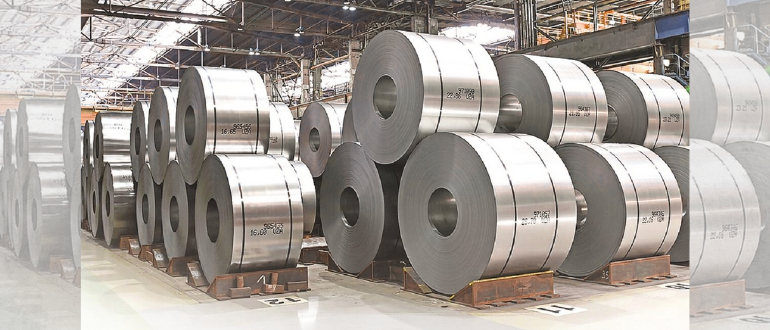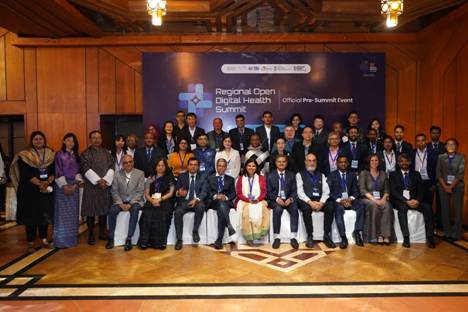NEW DELHI – India, home to one of the world’s largest and youngest workforces, faces a critical challenge: a massive skills gap. Current assessments estimate that only 51.25% of young people are employable, a problem exacerbated by the fact that only 4.4% of young workers have received formal vocational training. This gap is not a shortage of people, but a fundamental mismatch between the theoretical knowledge provided by traditional academic institutions and the practical, job-ready skills demanded by modern industry.
The Problem: Degrees Without Readiness
The conventional Indian education system has long prioritized academic qualifications and rote learning, often at the expense of practical application. This has resulted in a workforce equipped with degrees but lacking demonstrable skills. The consequences of this academic-centric approach are severe:
-
Low Employability: Up to 50% of graduates are considered unemployable because they lack the necessary technical and soft skills (such as critical thinking, problem-solving, and communication) required for the job.
-
Outdated Curricula: Many courses suffer from structural rigidity and the use of obsolete equipment, failing to keep pace with rapid technological advancements in areas like Artificial Intelligence and data analytics.
-
Social Stigma: Vocational education is frequently viewed as a secondary option for those who are less academically inclined. This poor social perception contributes to low enrollment and undermines the dignity of skilled trades.
The Solution: Integration is Mandatory
To future-proof India’s workforce and capitalize on its demographic dividend, the clear solution is to fuse academic rigor with vocational viability. This integrated model ensures students gain a strong conceptual foundation alongside practical, industry-relevant expertise. This shift is being driven by several key initiatives:
-
Policy Push (NEP 2020): The National Education Policy (NEP) 2020 strongly advocates for the seamless integration of vocational and academic streams, making it easier for students to pursue technical skills and practical experience alongside their core subjects.
-
Degree Apprenticeships: Programs like degree apprenticeships are formally blending academic learning with structured, on-the-job vocational training. This approach directly aligns education with economic needs and the realities of the job market.

-
Industry-Academy Co-creation: Employers are increasingly stepping in to bridge the gap. Companies are co-designing curricula and skill development programs with educational institutions, ensuring the training received is directly relevant to their hiring requirements.
Defining the Next Wave of Employability
The next wave of hiring in India is no longer defined solely by a degree but by demonstrated job readiness. Employers are shifting their focus to the ability to contribute immediately to a role, assessing skills validated by projects, internships, and data-backed competency evaluations.
By normalizing and prioritizing vocational training within the mainstream academic framework, India can:
-
Create a Future-Ready Workforce: Equip youth with adaptable skills to thrive in an economy being reshaped by automation and AI.
-
Boost National Productivity: Ensure the 12 million new entrants joining the workforce each year are competent and productive from day one.
-
Improve Individual Income: Provide a clearer and more reliable pathway to employment for graduates, tackling the frustration arising from high unemployment.
The successful blending of academic and vocational education is the essential lever to transform India’s young population into a genuine powerhouse of skilled talent for the global economy.





